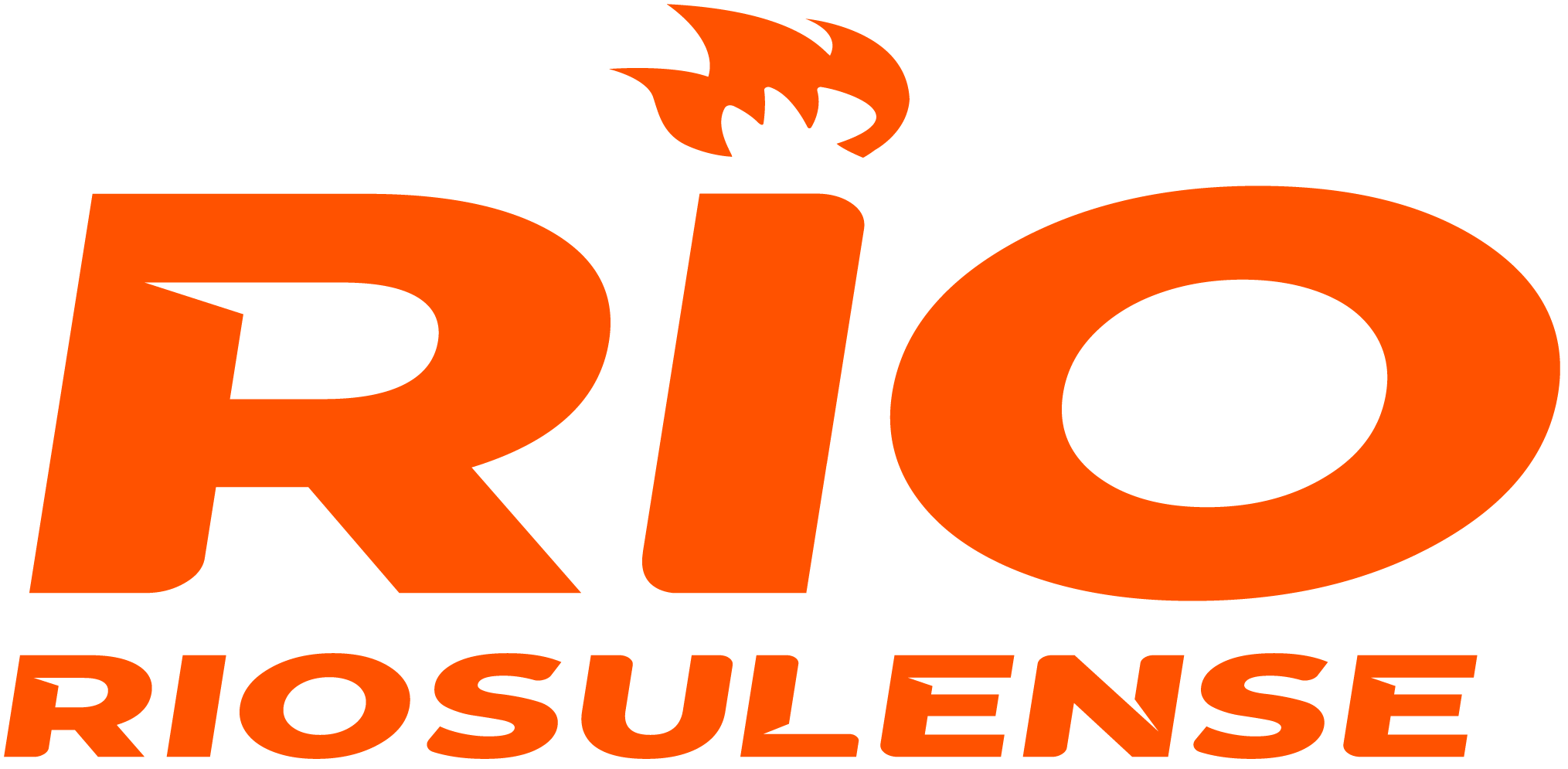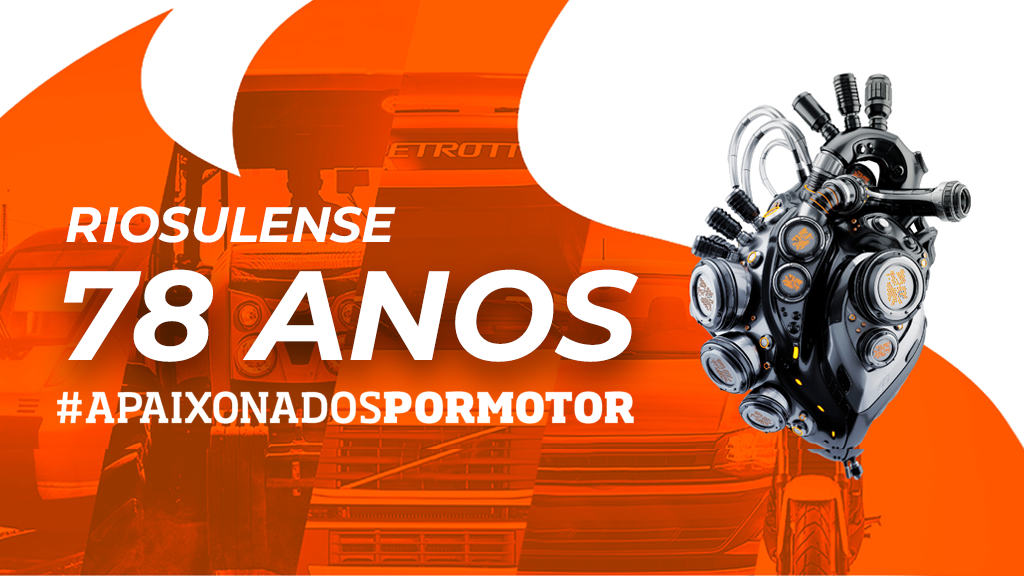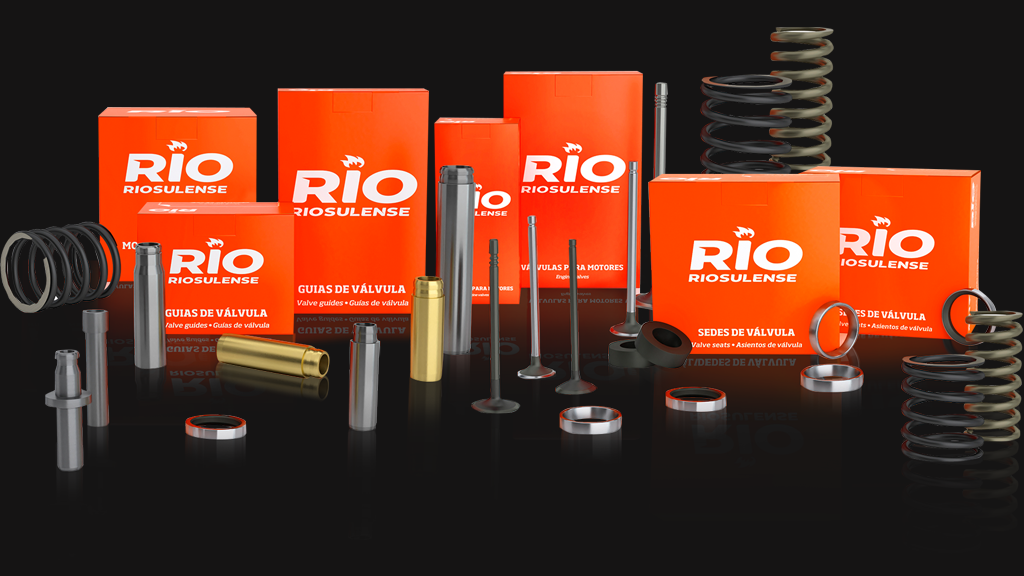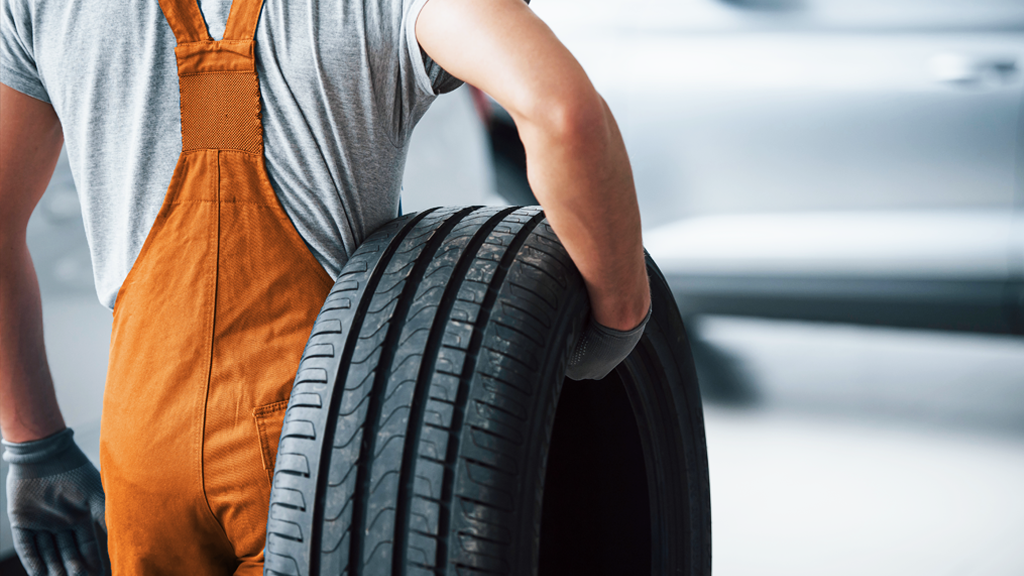The valve guide is responsible for aligning the axial movement of the valves that control the fuel inlet and outlet at the combustion chamber. It has a extreme frequency movement that can surpass 50 times per second on each valve in some engines.
This part is basically a concentric, hollow cylinder made of special iron or bronze alloys. The valve guide keeps the rods on their places, even on the engine acceleration peaks, and keeps the valve-seats-guide set correctly aligned. Furthermore, it also dissipates the heat generated by the valve rod friction and supports even the side friction efforts generated by the valve movement.
It is good to remember that the valve guides are made of bronze and iron — and Riosulense has one of the most complete lines of the market! There are about a Thousand items with several overmeasurements that meet the needs of almost all engines generating a spare parts demand on the market. The cast iron used in the production of the guides has a phosphorus alloy, and the result is a smooth material that generates less friction. We also produce special alloys with termal treatments for extreme operational situations.
Double care with the valve guide stretching
As its own name implies, the valve guide “guides” the rods during the engine operation. However, there is a small detail that needs double attention: it is important to check if the clearance between the guide and the valve is observed during change or maintenance processes. The valve moves inside the guide, thus the friction between those two parts must be as small as possible.
The clearance between the guide and the valve rod is a very important adjustment for the development of a thin oil coat. In order to allow that, a special reamer must be routed through after assembling the guide at the head. This process calibrates the guide drills and ensures less friction between the parts. It is important to remember that when the guides do not go through the stretching process, the rods might expand and get stuck on the head while the car is on high rotation and the engine is hot. This can compromise the operation of all components.
In order to explain the valve guide better, Dr. Car joined forces with Riosulense and went to a machine shop! Check it out in this video:
If you liked the explanations about the valve guide, check the other tips and analysis made by Dr. Car along with Riosulense and stay tuned in our blog!
Is this post useful? Share it with your peers! Would you like to access exclusive trainings and contents? Register at Riosulense Club !



